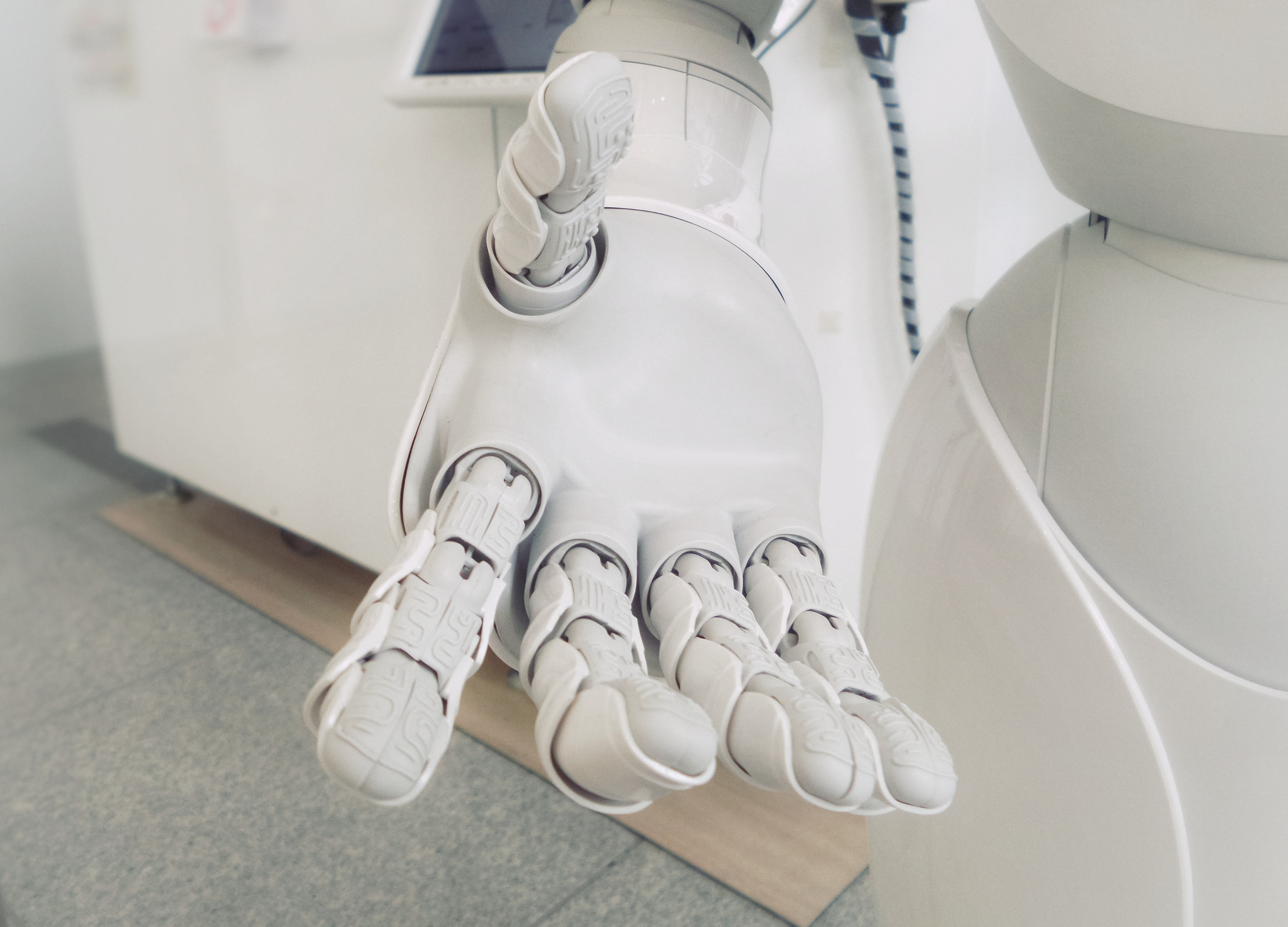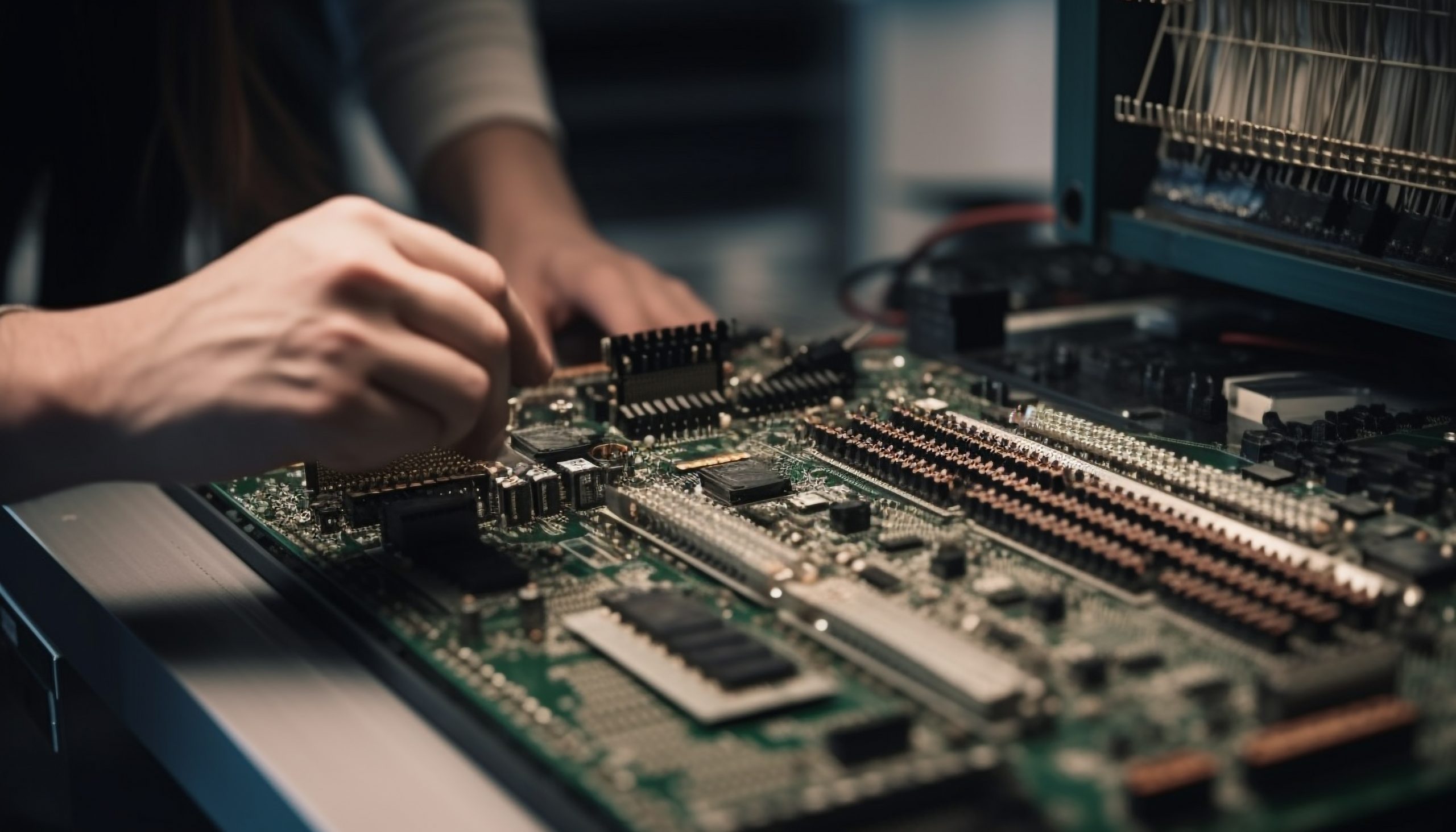

Covid-19 transformed how we live our lives. More than just making masks are common sight as people are out in public, COVID-19 has transformed technology for how we operate professionally as well. Businesses had to pivot to a digital model to sell goods or to operate while people were working remotely. From Zoom meetings to the rise in other technologies, COVID-19 has impacted more than just the lives of people. It has forced technology to advance faster than it may have wanted to. This article will take a closer look at some of the ways that technology has evolved as a result of this worldwide pandemic.
Artificial Intelligence was already important technology that organizations relied on to get data faster for businesses so that they can provide the best assistance for customers. AI was largely responsible for automating business processes and helping businesses and organizations better engage with their customers. When the pandemic hit, businesses were even more reliant on using this technology.
Public health officials used AI to not only predict infection rates in areas but to also get numbers for the ICU capacity and demands. Businesses also relied on AI to help them understand this new world of economic trends, helping them figure out the best ways to pivot in order to keep their businesses operating during the pandemic. For instance, as businesses needed to furlough employees, they relied more on AI like chatbots to help customers as they had fewer in their workforce.
AI became far more advanced during this time. Machine learning was essential in the healthcare industry as it could scan images of lungs in those infected with COVID and many other diseases. This automation was important to help best treat patients.

Another area of technology that saw a significant boost during COVID was the use of things like robotics and drones, as well as vehicle automation. While many of these technologies may not be what they are without the help of AI, these have become essential during the pandemic. Some places used AI robotics to ensure that people were socially distanced. China used drones to monitor their citizens.
These technologies were also important for other aspects of the various industries. These were used to ensure that the supply chain remained resilient during this time of uncertainty. There were a lot of disruptions to the supply chain during the pandemic, so these businesses took advantage of automation to reduce the human involvement in their supply chain. They were testing out which areas they were able to automate the process as much as possible.
This is where businesses discovered that they could utilize self-driving trucks to deliver cargo or drones to make deliveries to keep up with the significant increase of online purchases due to COVID. Google even had an autonomous vehicle to drive employees around.
Adaptability is key, one of the most important things that businesses needed to learn about during the pandemic. Being able to scale up or down as needed was crucial for businesses, so utilizing cloud and as-a-service solutions have greatly benefited them. As-a-service solutions for AI, machine learning, and robotics as well as other technologies allows businesses to pay for exactly what they need, when they need it. This allowed platforms to adjust as they needed to.
One great example of this is when it comes to Zoom. Zoom was around before the pandemic hit, but suddenly soared unexpectedly in popularity because of COVID. Zoom was a program that became high in demand due to the pandemic and people who were working from home or doing remote learning. Due to the cloud technology available to them, Zoom was able to quickly scale up to accommodate this influx of users. This ability to quickly adjust to a high demand is something that may not have been possible without cloud technology.

Working from home and remote learning made people realize just how important a stable network is. Many people in the household were fighting over internet. For instance, while maybe one person would normally work from home, you may have 2 people working from home and 3 kids doing remote learning. This would put a strain on the internet at home, creating issues for all of the people fighting for the internet.
4G speeds weren’t cutting it for most people trying to get what they needed done during COVID-19. People needed access to the faster and more reliable 5G options. As a result, the need for using as-a-service to expand upon the capabilities of 5G became essential for organizations and individuals.
During the pandemic, people weren’t able to go out to stores to purchase items. These stores needed to find a way to bring in sales even though customers couldn’t go into the stores. One way that stores adapted to this was to offer things like curbside pickup or delivering their goods through third-party companies like Instacart.
The problem is that there are some things that people won’t buy unless they can try them out. This is where tools like augmented, virtual, and mixed reality comes in. You can see how furniture fits and looks in your home. You can try on different glasses from the comforts of your home. These technologies helped stores keep selling items even though they couldn’t open their store.
This technology also helped students while they were doing remote learning. Children could take virtual field trips all over, making them more engaged in their education. This was especially useful as kids were trying to adapt to their new normal and struggling with remote learning.
The pandemic forced us to advance technology because we needed to have this technology to function as normally as possible. Businesses needed these technologies to stay afloat while the pandemic was going on. Schools needed this technology to help students stay engaged with their education, even if they couldn’t go into the classroom. As a result, technology developed quicker than it would have, putting us 5 years into the future.

I’m a Nerd and very proud of it! I love to write about anything Tech related. Subscribe to our blog for helpful tips, tricks & news.




